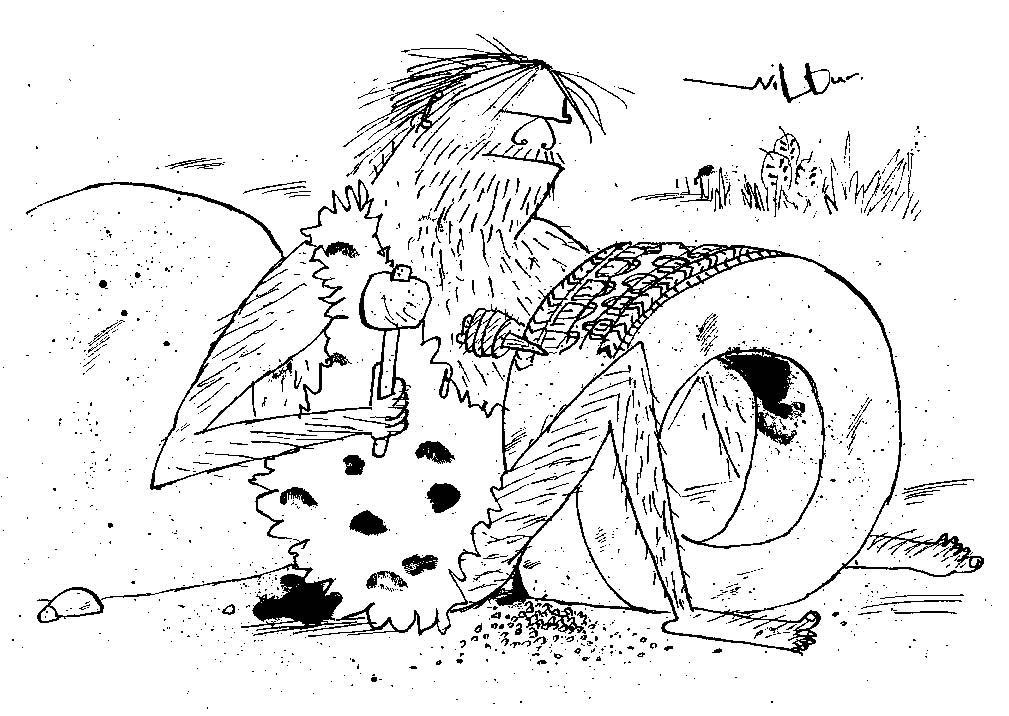We circumnavigated Iceland in a clockwise direction, calling on successive days at Reykjavik, Grundarfjordur, Isafjordur and Akureyri. At each of these places we disembarked and took an excursion led by a local guide.
At Grundarfjordur, I took the Snaefellsnes national park coach tour. Our guide was a smartly dressed, highly educated Icelandic woman who spoke better English than me, albeit more slowly and methodically. Her commentary revealed a comfortableness with contemporary discourses on geopolitics, ecology, economics, culture and technology. Though because we were British, renowned for our philistinism, and willing to laugh at anything, even if it isn’t funny, she tried to keep things simple, and even attempted one or two laboured witticisms of her own. She was of a conservative cast of mind, and when she made this explicit, such as when expressing her profound admiration for the simplicity of her grandparents’ frugal and pious existence, and for old Icelandic culture in general, she coloured a little.
She took us first to a tiny, black, wooden church on a lava plain beside the sea. The backdrop was an immense, uninhabited glacial valley. Then she took us to a pretty little harbour at the foot of an extinct volcano where there were placid Icelandic horses in green fields and we were dive-bombed by angry Arctic terns. As we were driving to our next photo stop, our guide casually drew our attention to an apparently random point on a petrified lava flow that we were passing on our left. This, she said, was an elves’ village. She didn’t elaborate. She merely mentioned it in passing. If you were hard of hearing, as many of us were, or not paying attention, or asleep, as many of us were, you would have missed it.
The next stop was a lonely black volcanic beach with not much to recommend it apart from the rusting remains of a trawler that had been smashed to pieces against the rocks many years before. It was a British trawler, she informed us, and perhaps this was why she thought the desolate spot might appeal to us. We duly woke up those who were asleep and everyone got out of the coach and tottered down to this beach and inspected the twisted shards of scrap metal. One or two attempted some artistic snaps. Over the years the rust had turned them a consistent and very rich orange colour and they looked striking against the black volcanic sand, the black petrified lava field and the dormant volcano.
In this primordial setting, I saw our guide standing briefly alone. I approached her and asked her whether I’d heard her correctly about the elves. I had, yes, she said. And did she really believe in elves? Beneath the polite and professional mask she bristled and withdrew her goodwill for a moment, as if I’d abruptly asked her a too intimate question. Then she said quietly, ‘Yes, of course. To us here in Iceland the elves are very real.’
I put on my most scholastic expression and she went further. Even today, she said, when a road is built in Iceland the contractors take great care not to route it through an elves’ village. There was a celebrated case not so long ago, in fact, where road builders were unable to start their heavy plant one morning. The machines just refused to start. The contractors came out to the site to investigate and their first suspicions were quickly confirmed when they realised the next day’s levelling work would have flattened some elves’ dwelling places. The road was accordingly rerouted at considerable expense.
‘Can you see them?’ I said. ‘They make themselves visible to those who believe in them,’ she said enigmatically. And to demonstrate that this was all she wanted to say on the matter to clever dicks like me — and that she had perhaps said more than she had intended to already — she turned her back and walked away from me, her sensible shoes sinking softly in the black sand.
At Isafjordur, our voluptuous young guide for the boat trip to an eiderdown farm on a tiny island didn’t mention the elves once, so perhaps they are bad sailors. But at Akureyri, our guide for the Lake Myvatn and Godafoss Falls coach tour was excitedly pointing out the sites of their villages left, right and centre. There were more elves’ villages than human ones. When there were no elves’ villages to point out and the fog had come down, she related a story about an elf who fell in love with a mortal Icelander. Her love for him was so deep, apparently, that her tail fell off and she became a Christian.
Iceland: once you leave Reykjavik there’s nothing much here except Martian-scale landscapes and elves’ villages. May I therefore suggest that anyone who invested their money here wanted their head examined?







Comments